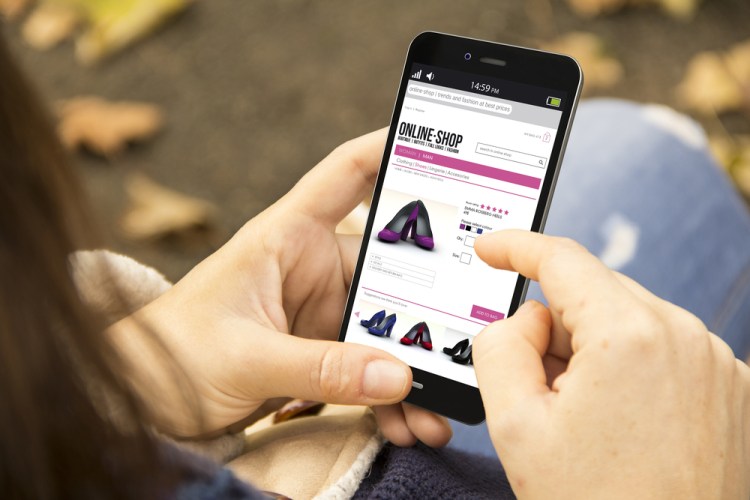This sponsored post is produced in association with Braintree.
Nine years ago, mobile payments didn’t exist. By the end of 2015, mobile commerce was a $50 billion industry, already 7 percent of the total ecommerce market and growing quickly. By 2018, mobile commerce will grow to account for more than 50 percent of all ecommerce transactions, according to Forrester Research.
But mobile hasn’t just changed how we buy. It’s completely changed how consumers do their pre-purchase research and are influenced by both peers and other users. Today’s consumers are 24/7, connected, curious, and social. Transactions that used to have all kinds of barriers to clear are now as simple as a single click on Pinterest, or waving one’s phone over a retailer’s payment terminal.
How we got here is the story of technical and cultural convergence. It’s about the rise of social and rapidly evolving tools for marketing, advertising, and data analytics. It’s about brands finding better ways to engage us in moments of organic behavior — online, offline, and over disparate global networks, GPS, beacons, and WiFi. Mostly, it’s the story of how in nine short years, we have evolved into savvy, some might say insatiable, mobile natives. Take Pinterest and the integration of contextual commerce, for example.
Mobile commerce in context
Pinterest’s Buyable Pins, powered by Braintree, seem simple on the surface. Users at home and on the go are engaged with content and products they’re interested in, so why not drop a button there beside the image of that designer shoes and give the consumer a chance to buy it on the spot?
But the technical and business challenges that needed to be overcome to get to that point were massive — connecting, harmonizing, and actioning data from across screens, platforms, and networks, for starters. The effort has clearly been worth it. Facebook, Twitter, and Instagram are hot on Pinterest’s heels.
Users’ behavior underscore the trend. Research done by Millward Brown in collaboration with Pinterest reported that 87 percent of users decided on products to buy because of things they’d seen on the social network. By incorporating ‘Buy now’ type buttons in mobile web sites and apps, social platforms are leveraging digital wallet technology to help consumers decide what to buy within their trusted social experience, and making it easy to do so. This, in turn, leads to a lower cost of acquisition, more transactions, and higher lifetime value for web and mobile merchants.
But the mobile commerce story isn’t just about social and contextual commerce. Verticals including shopping centers and traditional retail are using location-based beacons in conjunction with branded apps to promote and sell products. Theatres and stadiums are pushing notifications for souvenirs and paid content, all over our ubiquitous mobile phones. There are even use cases in mobile commerce for transit, healthcare, and asset management.
Payment solutions advance to meet consumers’ appetites
Merchants monetizing in the mobile market will need to evolve at the speed of consumer demand to capitalize on the surging opportunity of mobile commerce. Big brands probably won’t have issues, but smaller merchants could struggle if they don’t have the correct tools or technical savvy to keep up.
If a consumer encounters a problem with a transaction, they’ll likely just go to a competitor, as doing so is as easy as hopping to another app or site. That’s why ease of technical integration, ‘always-on’ merchant support, and the ability to consistently provide a quality transactional experience at a global scale are such important considerations for merchants assessing mobile payment acceptance options.
Conclusion
Regardless of their size, ALL merchants need to pay close attention to user data. We’re not just talking demographics, but in-app behaviors, trending social data, and more. Having access to all this fresh, first-person data (and the tools to make sense of and action it) should be the holy grail of all mobile commerce merchants.
Mobile is not just an experience and revenue channel, it is THE means by which consumers will interact with brands, goods, services, and merchants going forward. Merchants that sort out easy, secure mobile payment methods and find a way to monetize user data by leveraging the opportunities of contextual commerce, location-based tech, and whatever comes next, will end up with a bigger piece of the growing mobile commerce pie.
Sponsored posts are content that has been produced by a company that is either paying for the post or has a business relationship with VentureBeat, and they’re always clearly marked. The content of news stories produced by our editorial team is never influenced by advertisers or sponsors in any way. For more information, contact sales@venturebeat.com.

